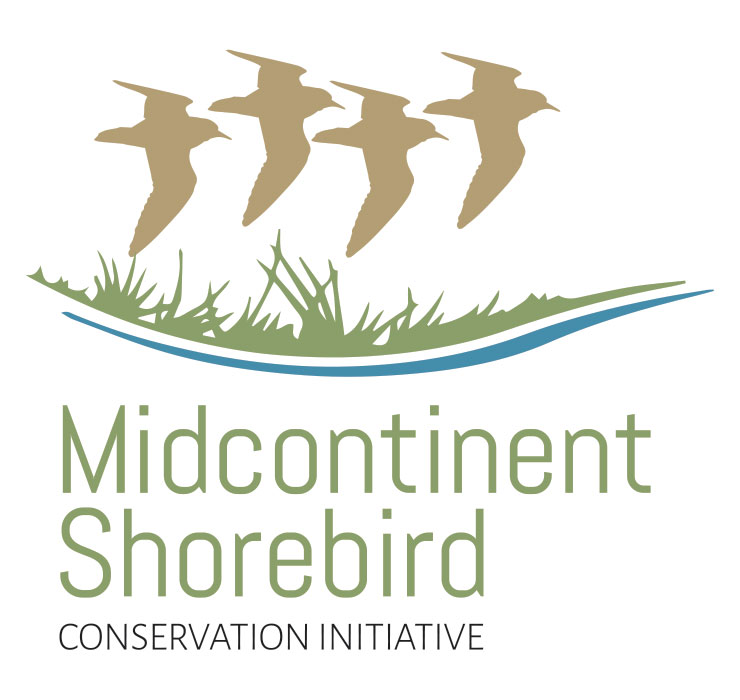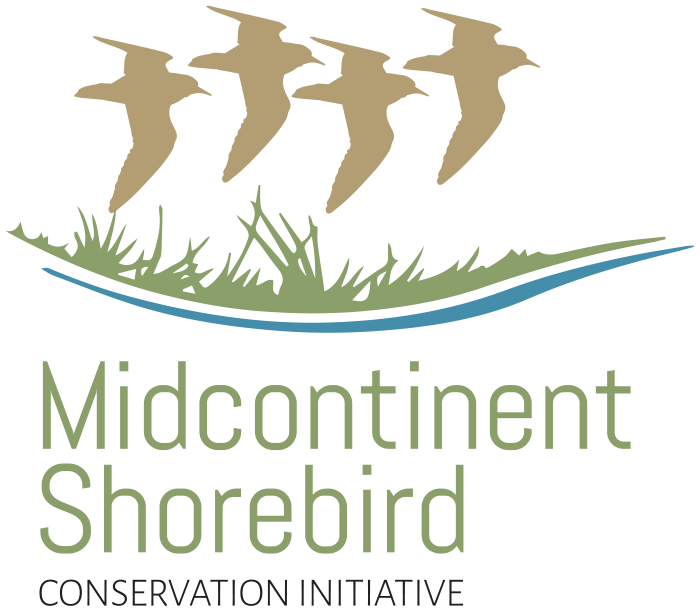Shorebird Conservation
Developing a collaborative and integrated approach to guide management and conservation actions for shorebirds throughout the midcontinent of the Americas.
We abuse land because we see it as a commodity belonging to us. When we see land as a community to which we belong, we may begin to use it with love and respect.

Shiloh Schulte working in the Arctic tagging shorebirds with GPS transmitters to understand post-breeding movements and migration pathways.
Our Approach
Midcontinent regions in the Americas are critical to numerous breeding, wintering and migrating populations of shorebirds, yet this geographic area lacks a comprehensive strategic approach for shorebird conservation. Filling a gap between flyway-scale initiatives launched for the Atlantic and Pacific Flyways, the Midcontinent Shorebird Conservation Initiative (MSCI) will develop a collaborative and integrated approach to guide management and conservation actions for shorebirds throughout the midcontinent of the Americas.

Lisa Sorenson discusses threats to birds and their habitats with a group.
photo: Monica Iglecia
Our Approach
Midcontinent regions in the Americas are critical to numerous breeding, wintering and migrating populations of shorebirds, yet this geographic area lacks a comprehensive strategic approach for shorebird conservation. Filling a gap between flyway-scale initiatives launched for the Atlantic and Pacific Flyways, the Midcontinent Shorebird Conservation Initiative (MSCI) will develop a collaborative and integrated approach to guide management and conservation actions for shorebirds throughout the midcontinent of the Americas.
The Midcontinent Flyway
The interior portions of the USA and Canada and the western Gulf of Mexico provide important stopover, wintering and breeding areas for >16.5 million shorebirds during spring migration, and 64% of shorebirds using the midcontinent of North America will migrate to interior portions of South America to spend the boreal winter. Interior habitats in South America support numerous endemic species that are of high conservation concern. North and South American shorebirds share high elevation wetlands and grasslands with charismatic species like flamingos, pumas and guanacos.

Conservation Need
The combination of threatened habitats, vulnerable life history, and wide-ranging migrations present significant conservation challenges for shorebirds.
American Golden-Plover · Shiloh Schulte
In the Western Hemisphere, many Arctic- and boreal-breeding species migrate to spend their nonbreeding season in southern South America, where they share environments with endemic and austral-migrant shorebird species. The habitats favored by shorebirds across their annual cycles — grasslands, wetlands, and beaches — have been altered dramatically over the last century. Shorebirds possess a unique set of life-history traits (e.g., small clutch size) that make them especially vulnerable to environmental and anthropogenic perturbations. The combination of threatened habitats, vulnerable life history, and wide-ranging migrations present significant conservation challenges for shorebirds.
Initiative Development
Guided by the Open Standards for the Practice of Conservation, the proposed strategic framework will place local action in a flyway context and facilitate collaboration at the scales necessary to conserve migratory shorebirds and their habitats. Developing the framework will also enhance partner and stakeholder abilities to collaborate and integrate their current efforts throughout the Midcontinent Americas Flyway to sustain a suite of shorebird populations, and the habitats they depend upon, for present and future generations. Engaging novel partners will be critical to achieve effective implementation.
The Midcontinent Shorebird Conservation Initiative will include three components:
1
Development of a hemispheric strategic framework
2
Establishment of hemispheric and regional committees to oversee framework development and implementation3
Identification of potential and existing revenue streams to facilitate implementation.
Conservation Workshops
We are currently planning virtual workshops in three regions of North America for the autumn of 2020 and early winter of 2021. If you are interested in additional information, please contact us.
Tawny-throated Dotterel · Monica Iglecia
We abuse land because we see it as a commodity belonging to us. When we see land as a community to which we belong, we may begin to use it with love and respect.

